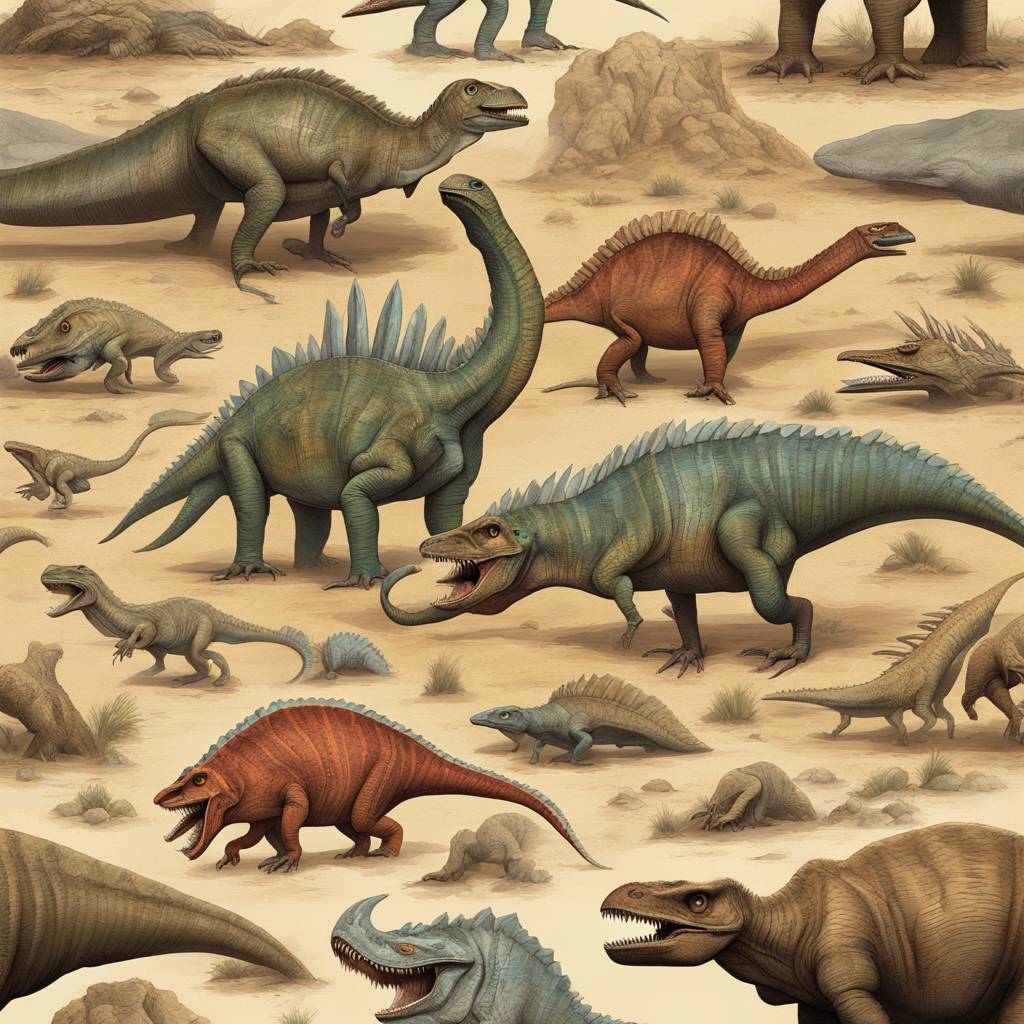The discovery of the skeletal remains of a giant ground sloth in 1796 marked one of the earliest paleontological finds in American history. Thomas Jefferson named the animal Megalonyx in 1799, making it the first genus of fossil named from the United States. This herbivorous mammal, resembling a large bear, roamed North America during one of the last ice ages and reached nearly 10 feet tall and weighed as much as a small elephant. Jefferson’s report was among the early papers that contributed to the development of paleontology and zoological naming conventions.
The confusion over the spelling and authorship of the scientific name of the giant ground sloth led paleontologists to debate on the correct name of the specimen. Loren Babcock, a professor at The Ohio State University, reviewed the nomenclatural history of the animal and argued that Jefferson should be recognized as the true author of the genus Megalonyx. Babcock emphasized the importance of correctly attributing early paleontological work and criticized misinterpretation or spelling errors that harm the scientific process.
Jefferson’s original moniker for the giant ground sloth was spelled as Megalonyx, and Babcock asserted that any subsequent spellings, utilizing the -onix suffix, are incorrect. He also clarified that the correct spelling of the species-group name was Megalonyx jeffersonii, with an -ii ending. Despite the lack of strict rules for publication of new names in zoology at the time, Jefferson’s naming of Megalonyx met modern requirements for naming a new species.
Resolving issues over the correct naming and authorship of the giant ground sloth is essential to accurately documenting the history of life on Earth. Jefferson’s observations of Megalonyx jeffersonii influenced early developments in paleontology and contributed to how the specimen was studied and perceived. The reconstruction and display of the Megalonyx skeleton in the Orton Geological Museum have been influential in the field of paleontology and have served as a learning tool for aspiring paleontologists for decades.
The legacy of Thomas Jefferson’s Megalonyx jeffersonii, often referred to as “Jeff,” continues to be recognized and appreciated in the field of paleontology. The reconstructed skeleton remains on display at Ohio State’s Orton Geological Museum, serving as a reminder of the early contributions to the study of prehistoric organisms. Understanding the history of paleontology not only sheds light on the evolution of organisms but also on the development of science and how evolutionary history is interpreted. Names play a crucial role in preserving the legacy of significant discoveries in the field of paleontology.













